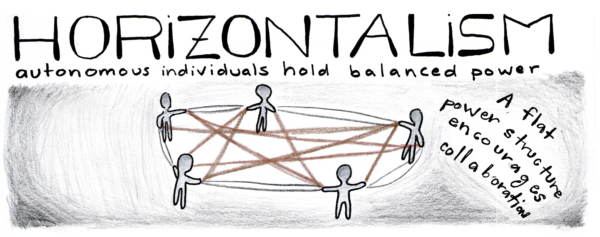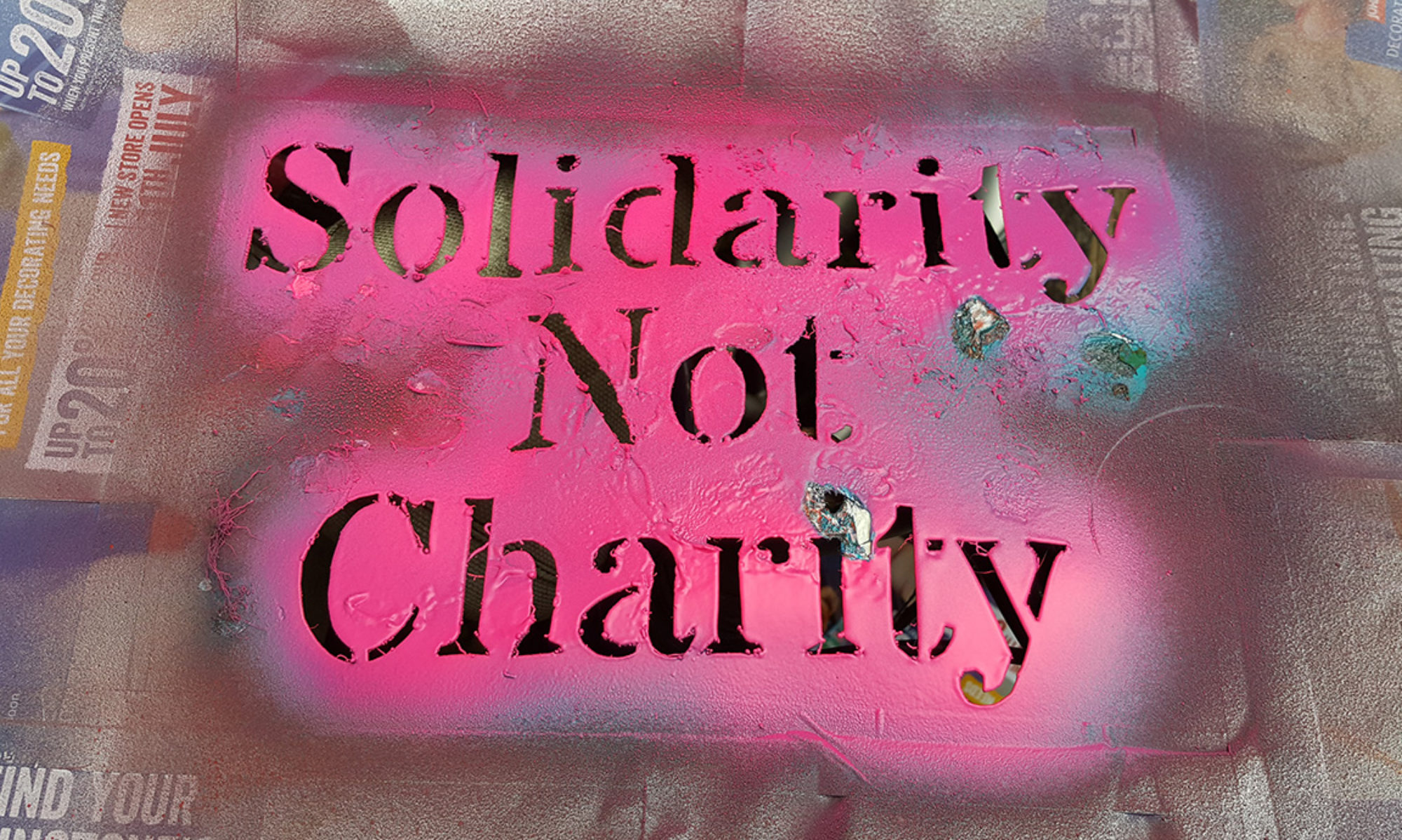Tools and Models for Starting and Projects or Adding Helpful Structure to Existing Projects
- Check out this teach-in about how mutual aid groups handle money and taxes, and this handout that summarizes the pros and cons of different approaches, and key questions groups should consider as they set up their methods of handling money.
- The Social Emergency Response Center model is being proposed on the Design Studio for Social Intervention According to the site, “SERCs will be temporary, emergent, and creative pop-up spaces co-led by activists and artists around the US. They will function as both an artistic gesture and a practical solution. As such we will need to figure out the balance, like how will we feed people–and their hunger for justice? How will we create a shelter–where it’s safe to bring your whole damn self? What will reconstruction–of civil society–look like?”The site includes interesting diagrams about what SERCs might do that could serve as a basis for planning and discussion for local groups. At this writing, the site also includes information about the first SERC, opening January 2017 in Boston.
- Here is a document the Sylvia Rivera Law Project published based on studying various organizations’ models of membership, decision making, dealing with burn-out and other key issues. It has useful ideas for structuring mutual aid projects and dealing with common problems.
- Here is a working document by Dean Spade about some methods of building accountability and avoiding disposability within organizations. There is some detail about a model of evaluating people’s work who are in paid or leadership roles if your group has that, but it may also be adaptable for organizations that don’t have paid roles but want to make sure people get feedback and support in their work in the organization.
- Gabriel Arkles, New York-based trans anti-prison activist and educator, responded to the call for models with this description of a group he is in that may be a useful model to try: “I’m part of a tiny group that has decided to meet together regularly. We’re thinking of it as a sort of support group for action. Our model is basically to gather and go around, with each of saying how we’re doing emotionally and physically, reporting on what actions we’ve taken in the last week (or whatever other length of time), sharing what actions we want to take in the coming week, and then asking for whatever help we want or need from others. Then we have some time to either just do work on our various planned actions, or work on helping each other in ways we asked, or have dinner together, or whatever. We don’t have any materials about it, but that’s pretty much our whole model.”

Image from Cascadian Gossip. - Five Tips for Forming and Affinity Group from Resilience Circles. They also provide a guide for your first meeting, and lots of other information about building small groups and circles.
- War Resisters International provides a guide called Techniques for Consensus Decision Making in large Groups: The Spokespersons Council Method and a guide called Groups for Action that talk about the purpose of affinity groups, how to run groups, how to make decisions, roles within groups and more.
- This zine from Activate Grand Rapids addresses how to form an affinity group.
- On Conflict and Consensus is a very useful book about how to do consensus decision making.
- The Ruckus Society’s website has lots of resources about how to plan various kinds of actions, principles for doing direct action work and training tools.
- Beautiful Solutions is a useful site collecting stories, solutions and theories about transformation. Check out their page on horizontalism which links to many specific accounts of people creating and sustaining horizontalist projects.
- Gay Shame just released a new zine about how to do direct action that includes useful guidance about forming groups and initiating projects. You can also email gayshamesf at yahoo dot com and they can send you a lot of paper copies to distribute in your community.
- Here are some tools from the Center for Story-Based Strategy about sustainability in our work, including No-Burnout Bingo!
- More from Dean Spade: An essay about conflict inside our social movement groups and what to do when it is happening. A chart about organizational culture that may help groups you are forming or working in to talk through how things are now and how you want them to be. An essay and chart about the difference between “having a cause” and building sustained radical lives and communities. A chart about leadership qualities that support mutuality versus those that support hierarchy. An essay about burnout and overwork that may be of use to people suffering from burnout themselves, or being impacted by someone else’s burnout behavior. A worksheet about overwork that people may want to use in a group or organization to talk together about if they are overworking and how to change it. What I Do Under Pressure Worksheet. For use in groups to increase everyone’s self-awareness about what happens to us when we are stressed, what happens when we are trying to support someone else who is stressed, and what kinds of support we’d like from people we are working with when we are stressed. It is meant to be filled out by each person so that they can share what they choose to share from it with people they are working with to increase awareness of the best ways to support each other in hard times. A worksheet for reflecting on perfectionism. Useful if people in a group have a sense that if they can’t do things perfectly it is safer not to participate.
- This new book, Deciding for Ourselves, might be useful reading for groups thinking about how to make decisions together using horizontal models, and why to do so.
